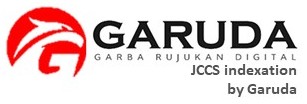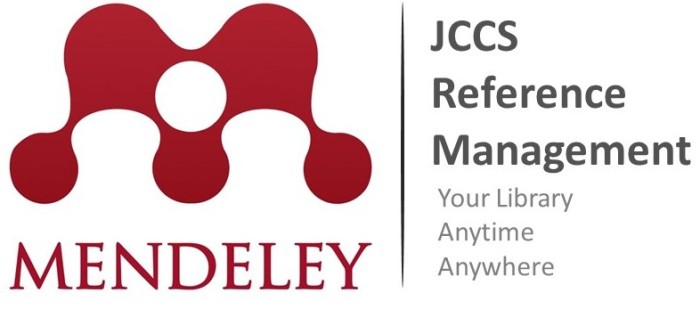The Influence of Indonesian Throughflow on the Dynamics of Climate and Waters in the Indonesian Region
DOI:
https://doi.org/10.24036/jccs/Vol2-iss2/33Keywords:
Arlindo, Systematic Literature Review, Variabilitas IklimAbstract
Journal references provide an overview of the current between the Pacific and Indian Oceans, referred to as the Indonesian Throughflow (Arlindo), which is part of the global thermohaline circulation that impacts the dynamics of the atmosphere and oceans by changing the circulation and characteristics of the sea water masses of the two oceans. Determining the features and impact of Arlindo on water dynamics and climate phenomena in the Indonesian region particularly in the area where this current crosses is the aim of this study. The research uses the Systematic Literature Review (SLR) method in which the literature data has been carried out Quality Assessment in accordance with the study topics that will be raised. The reference results revealed that the Indonesian Throughflow can affect nutrient distribution and climate variability through changes in surface temperature and sea water density. The characteristic properties of the Indonesian Throughflow change seasonally and accompany climatic phenomena such as ENSO, Dipole Mode and Madden-Julian Oscillation. The Indonesian Throughflow is an important component that significantly influences climate conditions and variability in the Indonesian region. Therefore, it is necessary to understand the implications of the Indonesian Throughflow on water dynamics, especially in the current crossing areas










